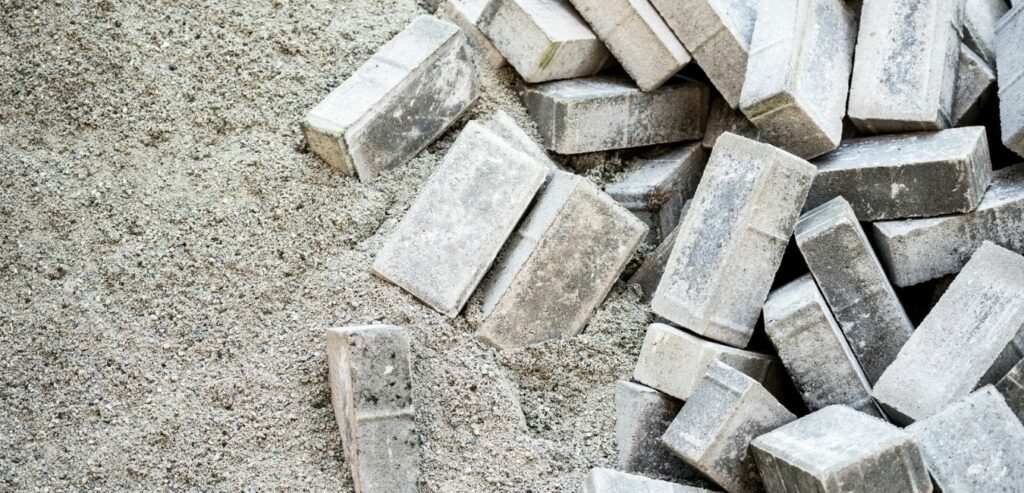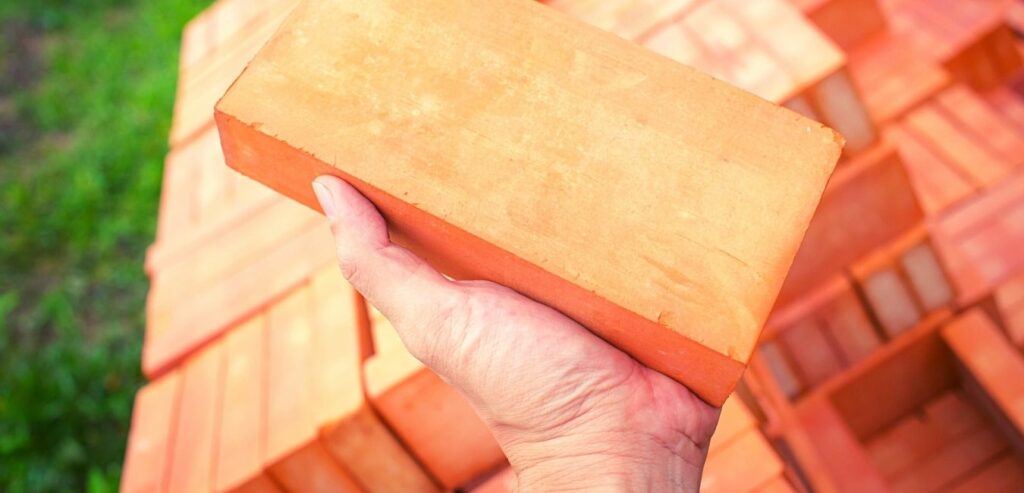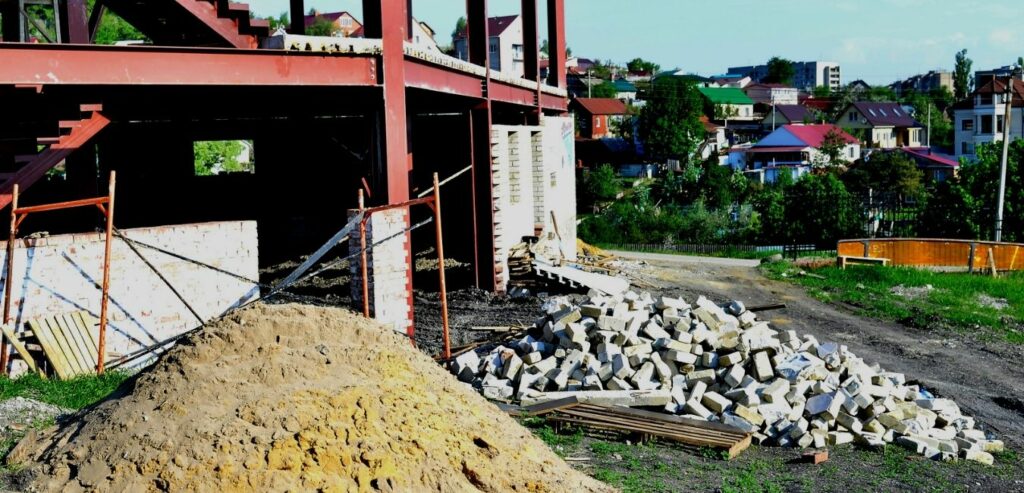Over the ages, the construction industry has continuously had a series of innovations. We can see how technological advancements have impacted the construction industry, from durable concrete used in ancient structures to steel used in bridges and skyscrapers. Some materials evolve with time, but others are new to the industry. The need to keep up with demand for housing, disasters, and escalated construction costs created the need for developing new innovative solutions. This article will discuss some of the emerging innovative construction materials.
Table of Contents
1. Allusion panels
Allusion panels are a form of cladding made from stabilized aluminum foam which creates solid and light panels that resemble metallic sponges. Allusion panels’ have distinct features such as soundproofing, durability, fire resistance, and ease in installation. They are used for wall panels, facades, ceilings, floorings, signages, and light fixtures. They have virtually limitless applications in construction and architecture.
2. Transparent wood
Transparent wood is a revolutionary construction material that is a great alternative to glass and plastic. It has the same strength as lumber and is much lighter. It is made by compressing and treating thin strips of wood. The lignin is replaced with polymers to make the wood transparent in the treating process. Among the favorable properties of transparent wood is its low density compared to glass, low thermal conductivity, and high optical transmittance. The optical transmittance reduces the need for artificial light, thus minimizing power consumption.
3. Hydro ceramics
Hydro ceramics are a new technology for constructing walls and allow walls to react to outdoor temperatures. These smart walls are made of clay panels and water capsules that absorb water to cool a building. A hydro ceramic wall acts as a cooling device by reducing the temperature and increasing the humidity. The trapped water can evaporate when the exterior heat rises and expels cold air into the building. These walls can reduce room temperature by up to 5 degrees Celsius. It also increases the humidity in hot, dry climates by 15%, making premises more habitable. Clay and hydrogels are inexpensive, making these buildings a low-cost alternative.
4. Pigmented concrete
Pigmented concrete is made by adding dry powder or liquid concrete during the mixing stage. We derive most of these pigments from iron oxide or dyes. Traditionally, concrete is grey, but pigmented concrete produces warmer shades of yellow, brown, red, green, blue, and their color derivations. Pigmented concretes are not affected by abrasion, and exposure to heat and light does not fade colors. This type of concrete is used for floors, facades, and other decorative applications.
5. Bamboo reinforced concrete
Steel reinforced concrete is among the most common building materials in construction. However, bamboo is an alternative material used for reinforcement. Bamboo has been used in construction for many years due to its outstanding tensile properties. Bamboo is superior to timber and, in some cases, to structural steel. Most architects who are of a sustainability mindset adopt bamboo in construction. However, bamboo has some disadvantages when left untreated. It can swell with water and rot. In modern construction, bamboo is not used in its natural tubular state. The plant fibers are extracted and combined with natural resins making a highly versatile material with a robust structural matrix.
6. Pollution absorbing bricks
Sustainability in construction is one of the factors of significant concern. Increasing population density and pollution bring critical challenges that push the industry to develop sustainable solutions. Pollution absorbing bricks filter the air from outside and provide it to structures’ interior. These bricks are porous concrete blocks designed faceted to direct airflow to a system. These bricks are cheap compared to mechanical filtration technologies. They also use lesser energy and require no skilled labor to construct the system.

7. Self-healing concrete
This is a new type of concrete that imitates the healing of a human body after having wounds. It achieves this by secreting some materials into the concrete. This concrete is made by adding fibers or capsules that have adhesive liquids into the concrete mix. After cracking, the capsules or fibers break and secrete the fluids, subsequently healing the concrete. This technology is, however, still in the research stage. This automatic healing of concrete will increase the lifespan of concrete and reduce the costs expended for repairs. If cracks expand and get to the reinforcement, it leads to corrosion. However, this self-healing concrete prevents this from happening.
8. Aerographite
Aerographite is a material made from a network of small hollow carbon tubes. Aerographite is strong and bendable and absorbs light rays. Aerographite is stable at room temperature and can withstand a lot of vibration without damage. It is also a good conductor of electricity. One can compress aerographite to occupy 95% of its normal area and be pulled back to standard form without damage. The stress only strengthens the material. Aerographene is primarily used in construction to make purification systems, aviation materials, and satellites.
9. Cigarette butt bricks
According to a study, in Australia alone, the annual consumption of cigarettes is 25 to 30 billion. 7 billion of these cigarettes are littered. However, we can incorporate cigarette butts into brick production, drastically reducing the wastage produced from these butts. Adding butts to bricks during production also reduces the energy expended by up to 58%. Bricks with these additional properties are lighter and have good insulation properties. The insulation properties lessen the heating and cooling costs in housing. Some researchers state that cigarette butts reduce the suitability of bricks for load-bearing walls. However, we can reduce the concentration to match the requirements.
10. Light Generating Cement
According to a study from UMSNH of Morelia, concrete can absorb and radiate light, providing better functionality and versatility concerning energy efficiency. Light-generating cement has many potential uses. We can use it in parking lots, swimming pools, and road safety signs. We produce this cement by altering the microstructure of cement for it to absorb solar energy and later emit light in the darkness. Currently, the colors in light-generating cement are blue and green, and contractors can adjust the light intensity to meet the requirements.
11. Hollow Clay Bricks
Bricks have been an integral part of construction since time immemorial. However, hollow clay bricks are the new buzz in construction. They are perforated and specially lined with insulating material. They are lightweight, eco-friendly, and have low water absorption. They also have better aesthetic views compared to traditional bricks. Since these bricks are lighter in weight, they promote faster construction and early project completion. They have good compressive strength and can be used in partition walls.
12. 3D graphene
Graphene is a unique nanomaterial with distinct thermal, electrical, and optical properties. 3D graphene has 5% the density of steel yet is ten times stronger than steel. Graphene had for long interested scientists, but their standard 2D form bore little fruit in construction. The dawn of 3D printing compressed small flakes of graphene under high pressure and heat and created structures like cylinders that could withhold substantial loads. Graphene has the potential to support skyscrapers up to 98000 feet.
13. Nanoparticles
Nanotechnology in construction focuses on using nanoparticles to make solid structural materials. Nanoparticles also reduce the usage of natural materials as they make more robust materials that occupy lesser space. They are a faster and safer way to undertake construction projects. Examples of nanoparticles in concrete include nano-silica, nano-titanium, carbon nanotubes, and graphene oxide. We can add these materials to cement to improve the flexural, tensile, and compressive strength of concrete. These materials enhance the performance of structures and their overall lifespans. Carbon nanotubes in concrete have self-cleaning properties that make monitoring a structure’s health easy.

14. Wool bricks
Manufacturers make wool bricks by combining wool with the clay used in brick production. This is a step towards sustainable construction as wool bricks are a zero-carbon product. They manufacture the bricks in brick kilns that release toxic fumes with high concentrations of carbon. Traditional brick manufacture leads to severe environmental implications. Wool bricks, however, combine wool, clay, and natural polymers, and these bricks are stable and utilize naturally available materials. They are also more robust compared to conventional bricks.
15. Martian concrete
Concrete is critical in the building of structures on earth. However, martian concrete can aid immensely in constructing structures on Mars. Water is a primary component used for building on the land. However, Mars has tons of Sulphur that cover 17% of the planet’s total surface area. Martian concrete is manufactured by heating Sulphur to 240 degrees Celsius and mixing it with Martian soil. This concrete reaches compressive strengths of up to 50 MPa if compressed before curing to reduce the formation of voids. Among the benefits of Martian concrete is that it is fast-setting and easy to use repeatedly.
16. Artificial spider silk
Spider silk is one of the intriguing materials in nature. It is possible to stretch it for long before it breaks. Researchers from Cambridge developed materials that mimic spider silk’s strength and energy capacity. Artificial spider silk is manufactured from a material known as a hydrogel, which is 98% water. Hydrogel has silica and cellulose fibers that form strong fibers once the water evaporates. It is possible to make artificial spider silk at room temperature, making it easy to produce it on a large scale. Artificial spider silk is 340 times more durable than concrete and can make acoustic building tiles.
17. Power generating glass
Energy use in built spaces is a big concern considering that buildings contribute to 40% of global carbon emissions. This hatched the idea of power-generating glass. Solar and wind systems have been in use for a long but now, turning windows into solar panels has become a reality. This hatched the idea of power-generating glass. Power generating glass resembles regular glass, but it can deflect invisible light wavelengths and convert them to energy. This glass reduces electricity costs, minimizes pollution, and adds to a structure’s architectural appeal.
18. Carbon fiber balsa
People have for centuries used balsa wood in construction due to its strength and lightweight. However, balsa wood is expensive, and it has natural variations that can impede the attainment of precise requirements. Infusing carbon fiber resin with balsa wood makes an engineered composite low in weight and easy to attain a specific stiffness.
19. Microbial cellulose
Microbial cellulose is a sustainable construction material developed from renewable sources and is a mixture of yeast, microorganisms, and bacteria used to make layered structures. Many bacterial species produce the bacterial cellulose used in manufacturing microbial cellulose. It forms a structural membrane that we can apply in making units such as signages and building facades. Microbial cellulose is biodegradable and thus does not contribute to pollution. It is also easy and cheap to produce, thus giving a good foundation for mass production and sustainable construction.
20. Biochar
Biochar is a substance that resembles charcoal and is made from decomposing organic matter at high temperatures without oxygen. Manufacturers add soil additives to improve water absorption and capture humidity in biochar. Biochar is a good building material that reduces most greenhouse emissions from concrete and plastics. Converting the total organic wastes in landfills to biochar would reduce global methane emissions by 11%. Adding biochar to bricks reduces cement amounts used in concrete and overall carbon dioxide formed during concrete manufacture. Biochar is also used with plastics to make bricks and lessen the global quantities of plastic wastes.
Summary
The construction materials New materials affect the building processes. They provide superior structural protection and energy use. New building materials also comply with sustainable standards and specifications.
Traditional materials will disappear entirely from the construction scene or evolve into newer, cost-efficient, and environmentally friendly ways. The use of new materials reduces construction costs without compromising the quality. Understanding the trends of the new construction materials in the industry helps you stay on track and play your role in environmental conservation.

